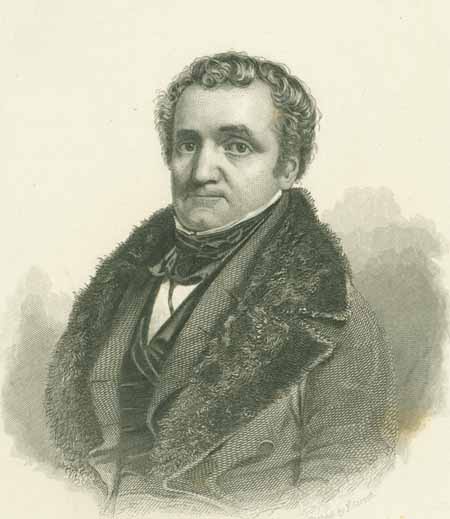
Catron, John
b. 1786, in Pennsylvania or Virginia; d. May 30, 1865, in Nashville, Tennessee. As a child, Catron lived in Virginia, Pennsylvania,
and Kentucky. In 1812, he moved to Tennessee and enlisted and fought in the War
of 1812. In 1815, he was admitted to the bar and practiced in what was known as the "mountain circuits." In 1818, he moved
to
Nashville, Tennessee, and continued the practice of law. In 1824, he became a justice of the Tennessee Supreme Court of Errors
and
Appeals, and in 1831, he became the court's Chief Justice when that office was created. After the state passed a new constitution
in 1834, the Court of Errors and Appeals was abolished, and Catron pursued a private law practice. Catron was a Democrat in
politics who had supported Jackson, and in 1836, he directed the campaign in Tennessee for Martin Van Buren's presidential
bid.
Shortly before retiring from the Presidency, Andrew Jackson appointed Catron to the United States Supreme Court. In the famous
case of Dred Scott v. Sanford, Catron concurred with the majority in holding that the Missouri Compromise had
been unconstitutional. Catron, while on the bench, presided over the federal circuit court, composed of Missouri, Kentucky,
and
Tennessee. After the outbreak of Civil War, Catron returned to Tennessee hoping that he could aid in keeping his state loyal
to
the Union. When the course of the Civil War allowed him to return to his duties, he resumed his seat on the bench. However,
he was
in poor health and died soon after.
John A. Garraty and Mark C. Carnes, eds., American National Biography (New York: Oxford University Press,
1999), 4:579-80; Kermit Hall, ed., The Oxford Companion to the Supreme Court of the United States (New York:
Oxford University Press, 1992), 129-30; Allen Johnson, ed., Dictionary of American Biography (New York: Charles
Scribner's & Sons, 1964), 2:2:576-77. Illustration courtesy of the Abraham Lincoln Presidential Library,
Springfield, IL.